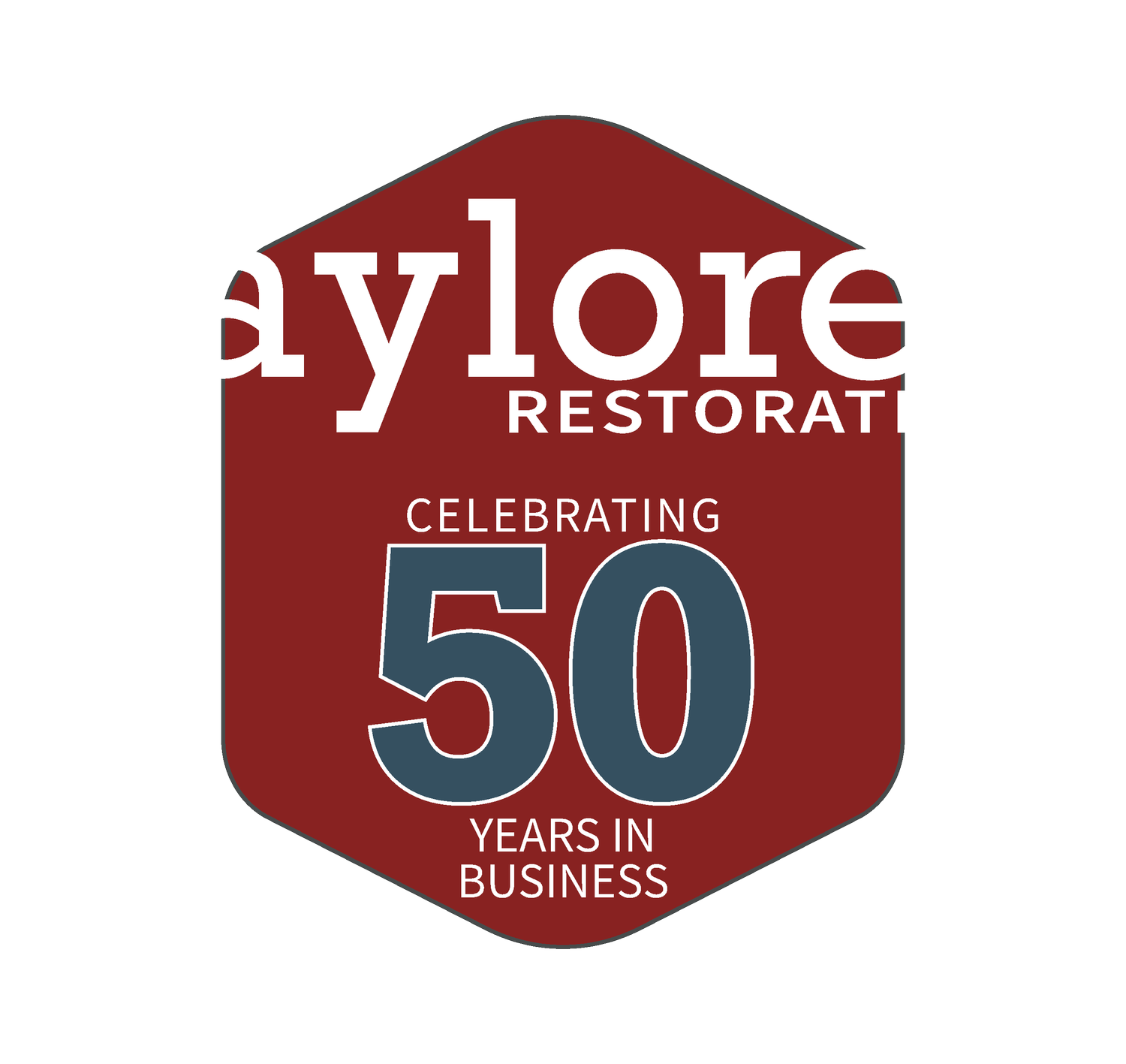Smoke and Soot Damage: Restoring Your Property After a Fire
A fire can be a devastating experience for any homeowner, leaving behind a trail of destruction and damage. Even after the flames have been extinguished, smoke and soot can continue to wreak havoc on your property. Smoke and soot damage restoration can be a daunting task, but with the right techniques and professional guidance, you can restore your home to its pre-fire condition. In this article, we'll explore the challenges of smoke and soot damage restoration, offer practical cleaning techniques, discuss air purification methods, and provide tips for effective odor elimination. As your reliable home restoration company in Anchorage, Alaska, Taylored Restoration is here to guide you through the process of restoring your property after a fire.
Understanding the Challenges of Smoke and Soot Damage
Smoke and soot damage present unique challenges that require immediate attention. They can permeate every nook and cranny of your home, causing discoloration, corrosive damage, and persistent odors. The key to successful restoration lies in addressing these challenges promptly and comprehensively.
Practical Cleaning Techniques
Ventilation and Safety Measures: Before starting the cleaning process, ensure adequate ventilation by opening windows and using fans to promote fresh air circulation. Wear personal protective equipment, such as gloves and masks, to safeguard yourself from potentially harmful particles.
Dry Cleaning: Begin by removing loose soot and smoke residue from surfaces using dry cleaning methods like vacuuming or dry sponging. Avoid wet cleaning at this stage to prevent smearing the soot and causing further damage.
Wet Cleaning: For surfaces that can withstand moisture, use a specialized cleaning solution to remove stubborn soot and smoke stains. Pay particular attention to high-touch areas like doorknobs and light switches.
Upholstery and Fabrics: Have soft furnishings and fabrics professionally cleaned to ensure the proper removal of soot and smoke particles.
Effective Air Purification
Air Scrubbers: Employ air scrubbers with HEPA filters to capture and remove airborne particles, including soot and smoke, from the air.
Ozone Generators: In cases of severe smoke odor, ozone generators can neutralize the smell by breaking down odorous molecules.
Hydroxyl Generators: Hydroxyl generators are safe and efficient devices that can neutralize odors and purify the air without harmful ozone emissions.
Odor Elimination
Thorough Cleaning: Clean and deodorize all affected surfaces, including walls, ceilings, and floors, to remove lingering odors.
Odor Neutralizers: Use specialized odor neutralizers to effectively counteract smoke and soot odors. These products work by chemically neutralizing the odor molecules.
Thermal Fogging: In cases of persistent odors, thermal fogging can be employed to penetrate and neutralize odors in hard-to-reach areas.
Professional Restoration Services
While the restoration process can be overwhelming, it's crucial to understand when professional assistance is required. Experienced restoration companies like Taylored Restoration have the expertise, equipment, and knowledge to effectively handle complex smoke and soot damage restoration. They can ensure thorough cleaning, safe air purification, and complete odor elimination to restore your property to its pre-fire state.
Conclusion
Smoke and soot damage restoration after a fire can be a challenging undertaking, but with the right techniques and guidance, homeowners can successfully tackle the task. Proper cleaning, effective air purification, and odor elimination are essential steps in the restoration process. Remember, timely action and professional assistance can make all the difference in restoring your cherished home to normalcy. With Taylored Restoration by your side, you can confidently navigate the journey of property restoration after a fire.

